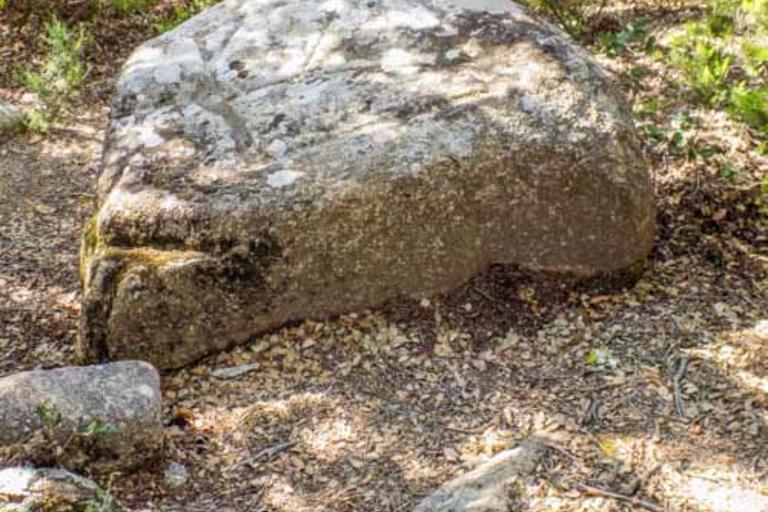
Introduction
The Sacrifices’ stone is known from a long time ago by several scholars in the area. It is a block of erratic stone, half embossed, with inscriptions marked on its surface, a series of marks in the form of V and U, with another rectangular engraving possibly already of medieval time. Its name is of popular origin and very related to myths and legendary imagination.
An inscription is an engraving on the stone in a megalithic monument (dolmens, menhirs ...). In various forms or as cassettes (holes round the rock), they may have grooves that communicate. Scientifically speaking only of inscriptions “inscultures” and there is no single and valid explanation of what they would respond to.
Nearby we can also see the paradise of Can Cabanyes, a small natural cavity that is stretched all over stones that are expressly laid, both above and below, which would have been a monument to collective burial. It has never been excavated scientifically and, therefore, its chronology or functionality is unknown, so it is not cataloged and considered dubious.